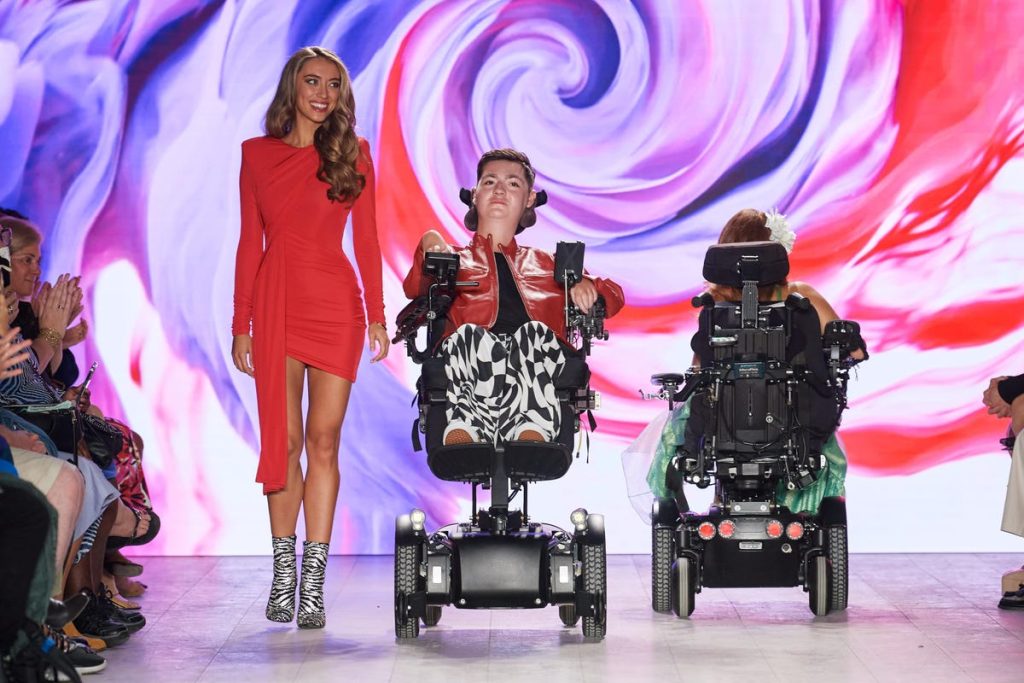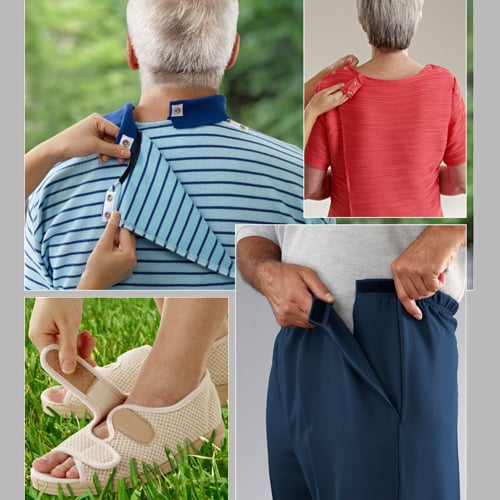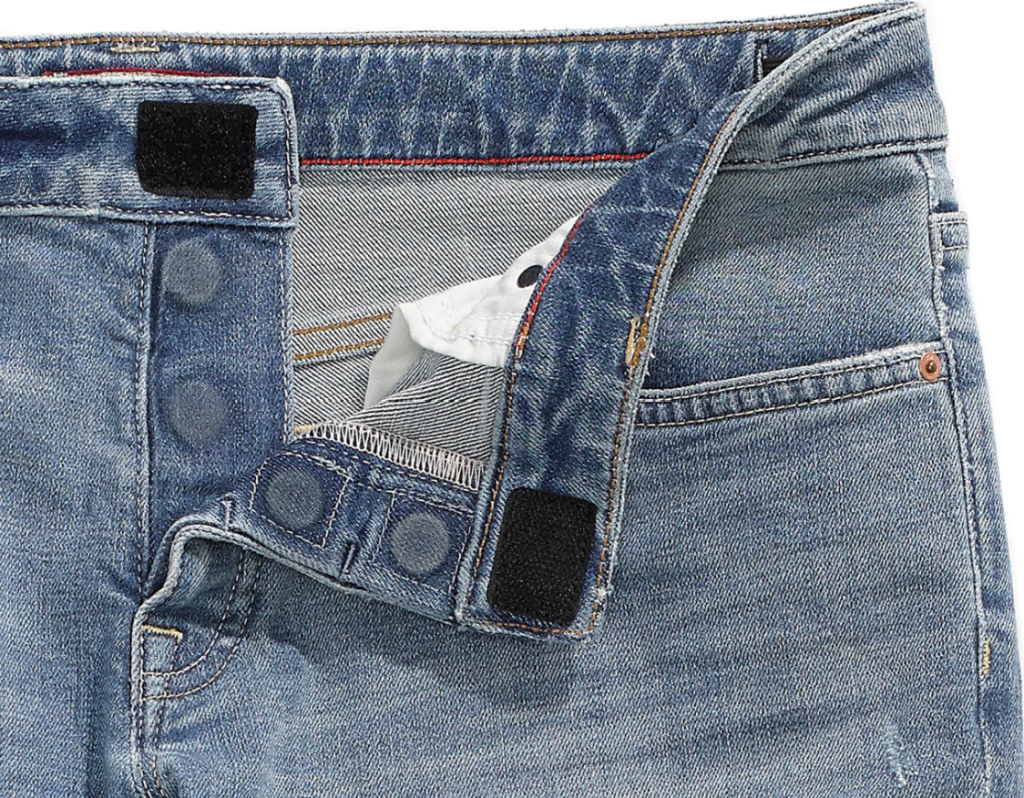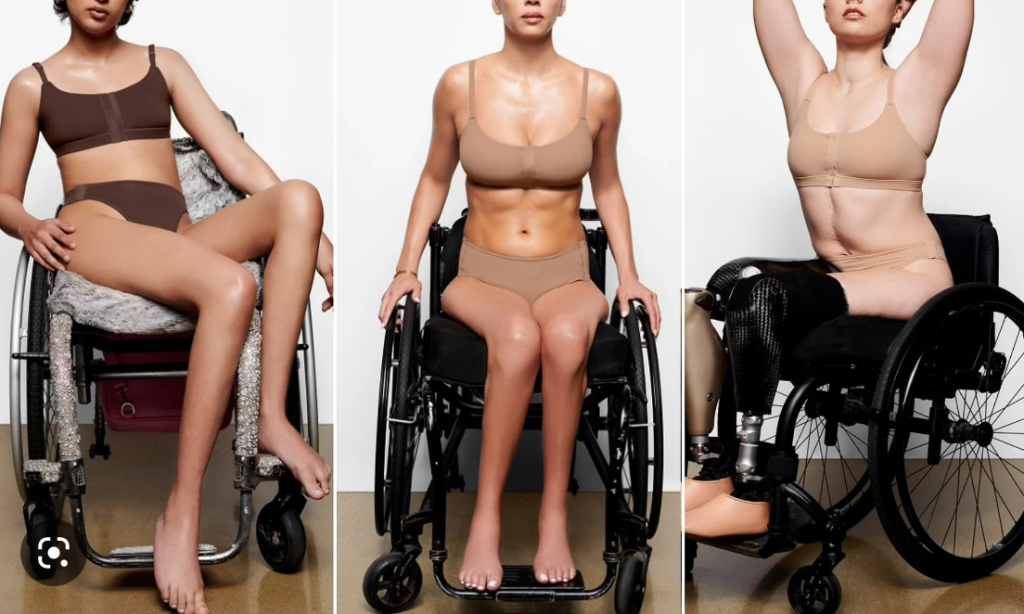Adaptive Fashion: promoting style and functional clothing options for persons with disabilities
Fashion is a social phenomenon, evolving with the shifts in popular culture, consumer preferences, and market priorities. The Fashion industry continues to maintain its relevance as a tool for the promotion of social justice and sustainable development goals (SDGs). We see in recent times how social concerns like planet wellness, digitization, gender fluidity, disability inclusion, etc, took center stage as a continuum agenda in the industry. Although there are existing gaps and more work to be done, the consciousness of key industry players on their role in the achievement of the SDGs and the visible steps taken is much appreciated.

The emergence of Adaptive fashion as a mainstream concept is setting a trend that offers comfort and style to a wide range of consumers, especially persons with disabilities, injuries, and the elderly. The concept is changing the way people think about fashion; making it more inclusive, diverse, and empowering.
Adaptive fashion started in the 80s, with the production of clothing options that ease the difficulties faced by caregivers of persons who lost their independence due to a disability, injury, or aging. It was inspired by the need to easily dress and undress a person receiving nursing care. According to Chic chez vous, the early design of adaptive clothing was based on the pattern of hospital garments (shirts, dresses, blouses, camisoles with large openings at the back, pants with side closures etc).

As Fashion brands continue to improve co-designing alongside persons with disabilities, we see a significant improvement in the modification of trendy wears, and how clothing pieces are styled by runway models in fashion shows, showcasing the concept of universal design and innovation.

In 2016 Tommy Hilfiger created a clothing line called ‘Tommy Adaptive’ with the aim of giving persons with disabilities more fashionable options and functionality. The collection includes the same designs but uses different closures, like Velcro, magnets, hoops, and loops to make dressing easier (First Insight, 2022).
In 2022, Kim Kardashian launched an Adaptive clothing collection for persons with limited mobility called SKIMS.

Adaptive designs include features like; adjustable closures, modified seams, and stretchy fabrics which can accommodate different body shapes and sizes. The clothing may also be designed with Velcro or magnetic closures, making it easier to put on and take off. Many adaptive fashion designers are incorporating trendy colors, prints, and textures into their designs, proving that accessible clothing can be just as fashionable and mainstream. These designers are also featuring models with disabilities in their advertising campaigns, helping to normalize disabilities in the fashion industry and promote inclusivity.
The benefits of adaptive fashion:
For people with disabilities, adaptive fashion provides a greater sense of independence, confidence, and elegance. It makes getting dressed easier and more comfortable. For the fashion industry as a whole, adaptive fashion represents a significant opportunity for growth and innovation. By designing for a broader range of consumers, designers can tap into new markets and foster a more inclusive and diverse industry.
Challenges of adaptive fashion:
Despite the benefits of adaptive fashion, there are still challenges to overcome. One of the biggest hurdles is the lack of awareness and education about disability and accessibility issues within the fashion industry. Many designers are not familiar with the specific needs of people with disabilities and may not know where to begin when designing adaptive clothing. Adaptive fashion can also be more expensive to produce than traditional clothing, making it less accessible to people with limited financial resources. These challenges can however be overcome through collaboration, innovation, and market competition. By working with persons with disabilities, disability advocates, and organizations, fashion designers can gain a better understanding of the needs of people with disabilities and develop more effective and accessible clothing designs. Additionally, advances in technology and materials science are making it easier and more affordable to create adaptive fashion designs.

As the adaptive fashion movement continues to be driven by a growing demand for clothing that is both stylish and functional for persons with disabilities, it creates room for innovation and growth in the fashion world and new opportunities for designers. The future of adaptive fashion looks bright as designers and advocates work together to create a more accessible and empowering fashion industry.
To all fashion designers, illustrators, tailors, stylists, and creatives, join the movement today!
Promote style and functional clothing for persons with disabilities through your work.
Author: Deborah Brown Majekodunmi

I wish fashion designers would look into the production of fashionable clothings for the disables. This will go a long way to help the instinct of most disables. Also, it will enhance the independence of the disables in terms of normal daily routine such as self wearing of clothing.
Well said, Theresa. Thanks for your contribution.
Wow. This is very enlightening. There is so much everyone can do to make things easier for persons with disabilities and I love how major fashion brands are already taking the cue to design more inclusive clothing.
yes, Its impressive to see brands already leading this initiative, it speaks loudly of the potential of the business case.
Thanks for contributing Wemimo.
Great article.
It’s so refreshing seeing the advances in the fashion industry, adapted to the needs of people with disabilities.
Looking forward to the changes this inclusion brings and how the fashion industry evolves to cater to the needs of everyone.
Indeed its refreshing, this evolution brings hope to the future of fashion.
Many thanks for your contribution Dr. Seno.